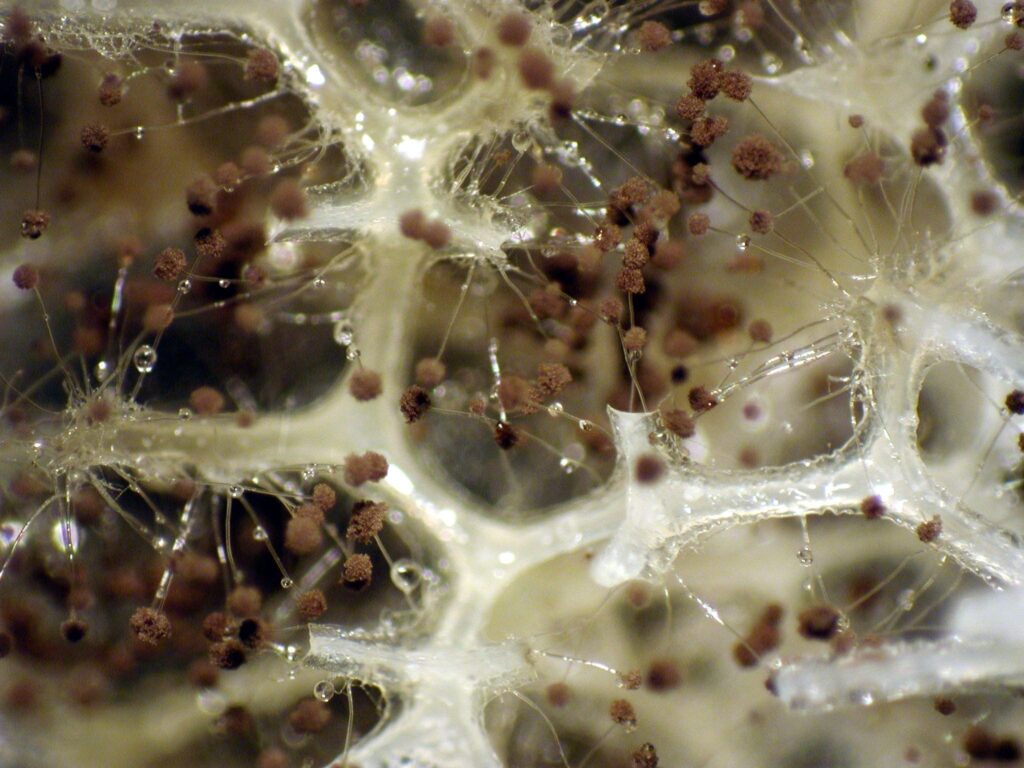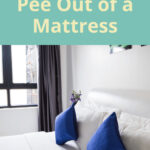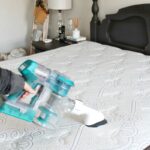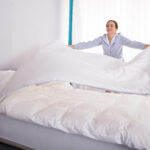Are you worried that your mattress may be harboring mold? It can be a difficult task to determine if your mattress has mold, but it is important to identify the issue quickly and take the necessary steps to remove the mold. In this article, we will explain how to tell if your mattress has mold and how to quickly identify the problem.
Symptoms That Indicate Mold on Your Mattress
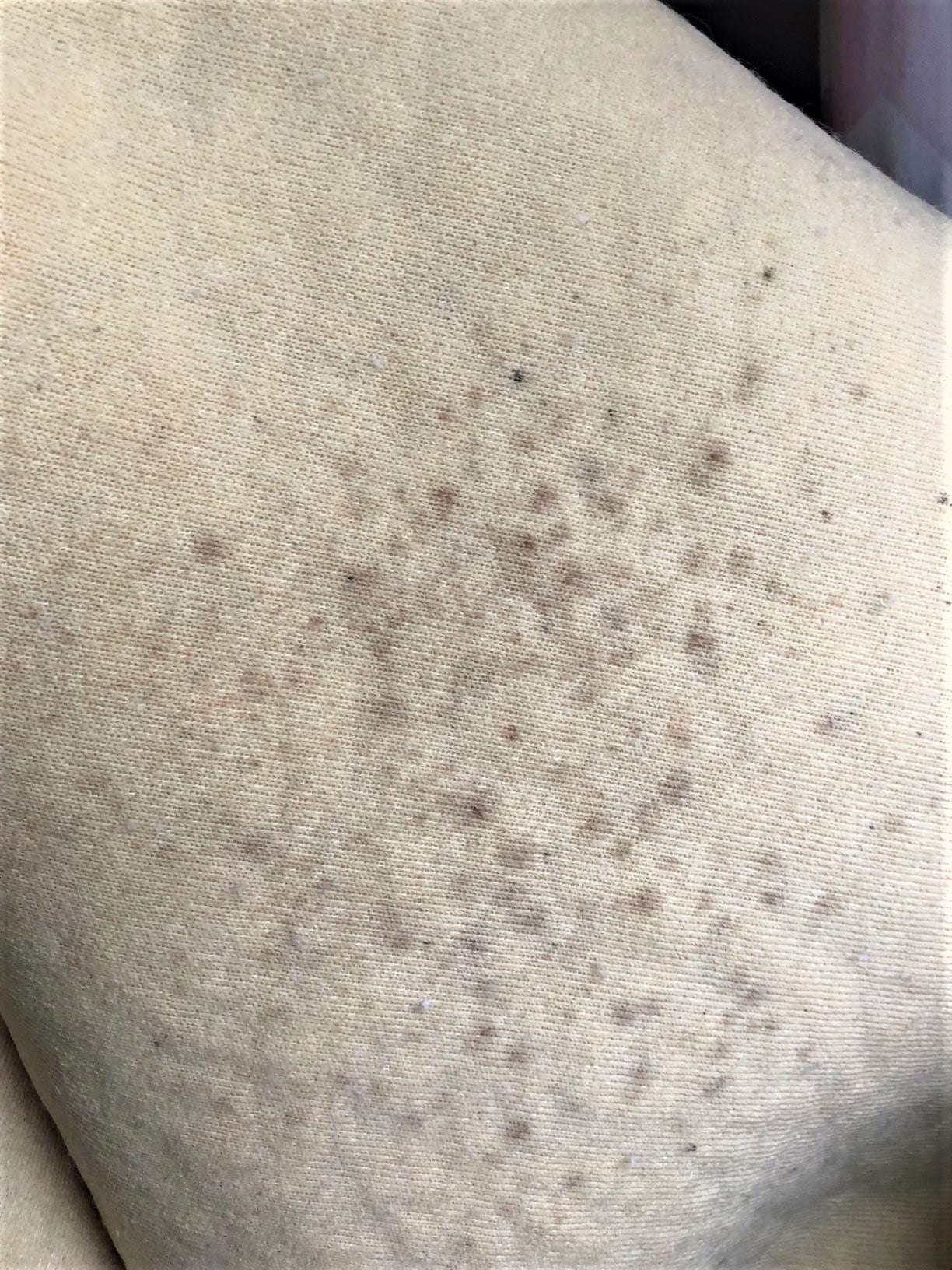
Mold on mattresses can be difficult to spot as it often occurs beneath the surface. However, there are symptoms that can indicate the presence of mold. These include:
- Musty Odour: A strong, musty odour emanating from the mattress is a key indicator that it is harboring mold.
- Stains: Stains on the mattress surface are often a sign of mold growth.
- Discoloration: Discoloration of the mattress fabric can be a sign of mold.
- Allergies: If you experience allergy symptoms such as sneezing, coughing or itchy eyes while in bed, it may be a sign of mold.
If you spot any of these symptoms, it is important to take action quickly to prevent further mold growth. To prevent mould under mattresses, ensure that the mattress is in a well-ventilated room and keep it dry. Consider using a mattress protector to help keep it clean and free from moisture. Regularly inspect the mattress for signs of mold and clean it regularly to help reduce the risk of mold growth.
Types of Mattress Mold
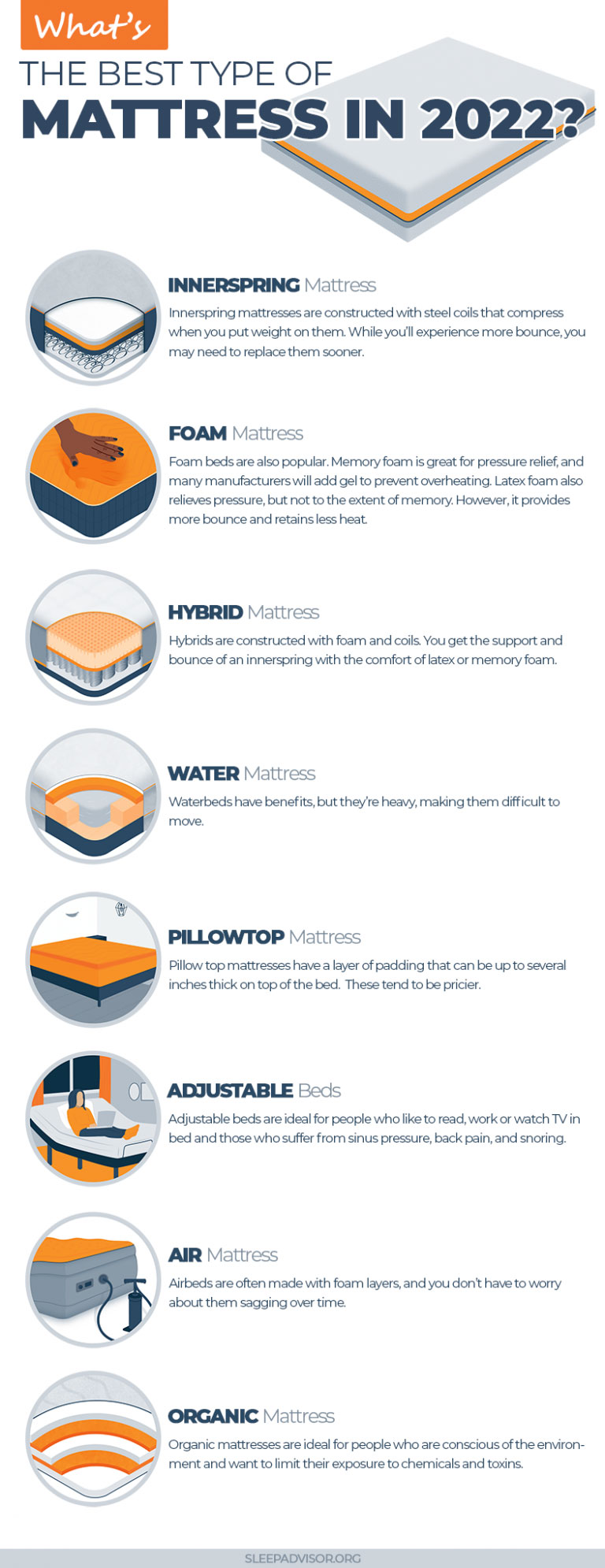
| Type of Mold | Description |
|---|---|
| Stealth Mold | This type of mold is often found growing beneath the surface of the mattress. It is difficult to detect and can cause significant damage to the mattress. |
| Surface Mold | Surface mold is the most common type of mold found on mattresses. It is usually found growing on the top layer of the mattress and can cause discoloration and staining. |
| Stain Mold | Stain mold is a type of mold that is often found in the seams and crevices of a mattress. It can cause discoloration and staining of the mattress. |
| Bacterial Mold | Bacterial mold is a type of mold that is often found growing in the core of the mattress. It can cause significant damage to the mattress and can be difficult to remove. |
Mold can grow on any type of mattress, but some types are more prone to mold than others. It is important to identify the type of mold present in order to properly treat the mattress and prevent further damage.
How to Check for Mold on Your Mattress
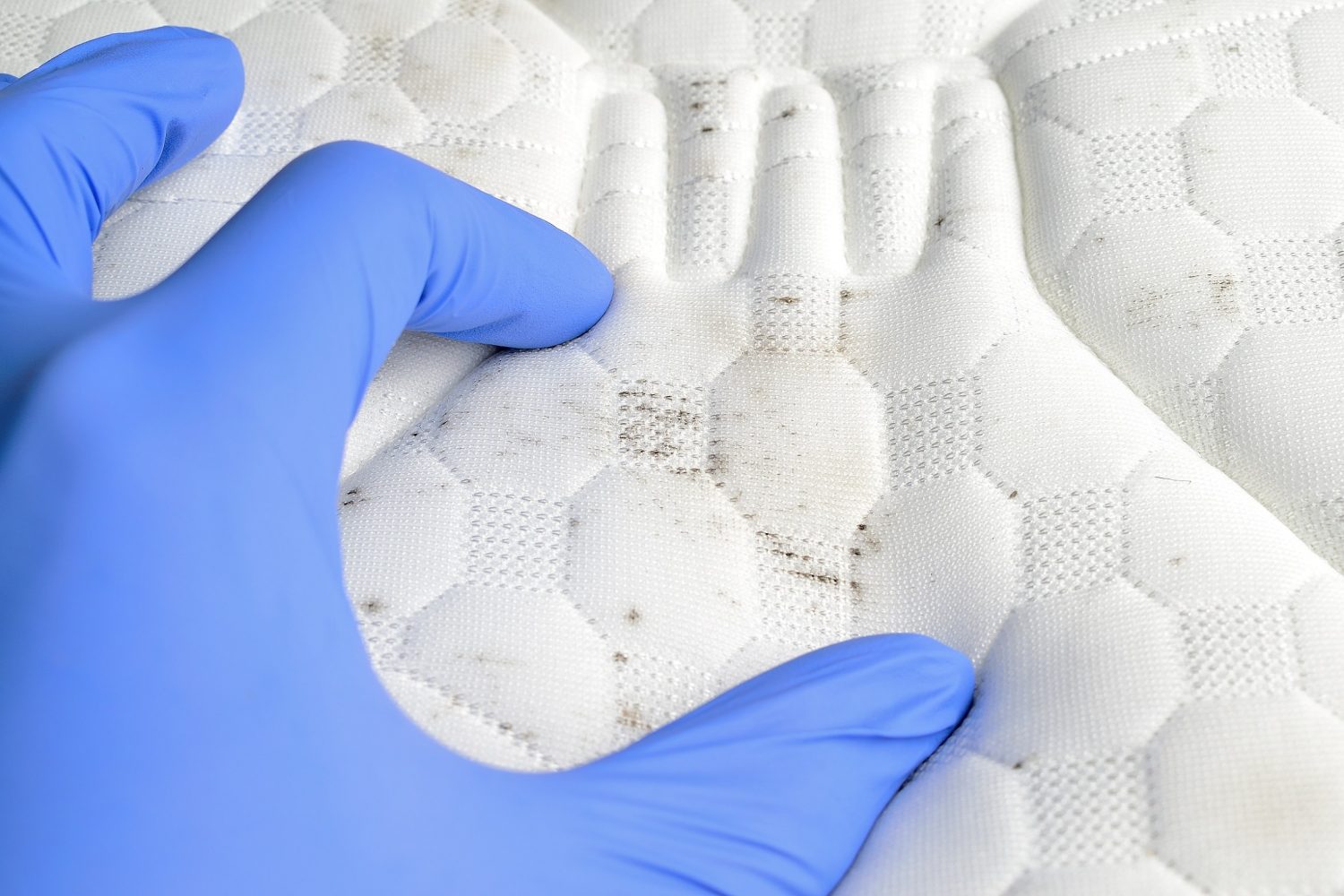
Visual Inspection
Look carefully at your mattress for signs of water damage or mold. Check out the seams and tufts of your mattress and look for dark spots, discoloration, or any kind of musty odor. If your mattress has been in a damp place for any length of time, it is likely to have mold growth.
Odor Test
Mold often has a musty smell. If you detect a musty odor coming from your mattress or the area around it, it is a good indication that there is mold present.
Moisture Test
Mold needs moisture to grow, so if your mattress is damp or wet, it is a good indicator that there is mold growth. Check for moisture in the mattress by touching it and feeling for dampness.
Professional Inspection
If you suspect your mattress has mold, it is best to have it inspected by a professional. A professional can identify any mold growth and recommend the best course of action for remediation.
How to Prevent Mould Under Mattress
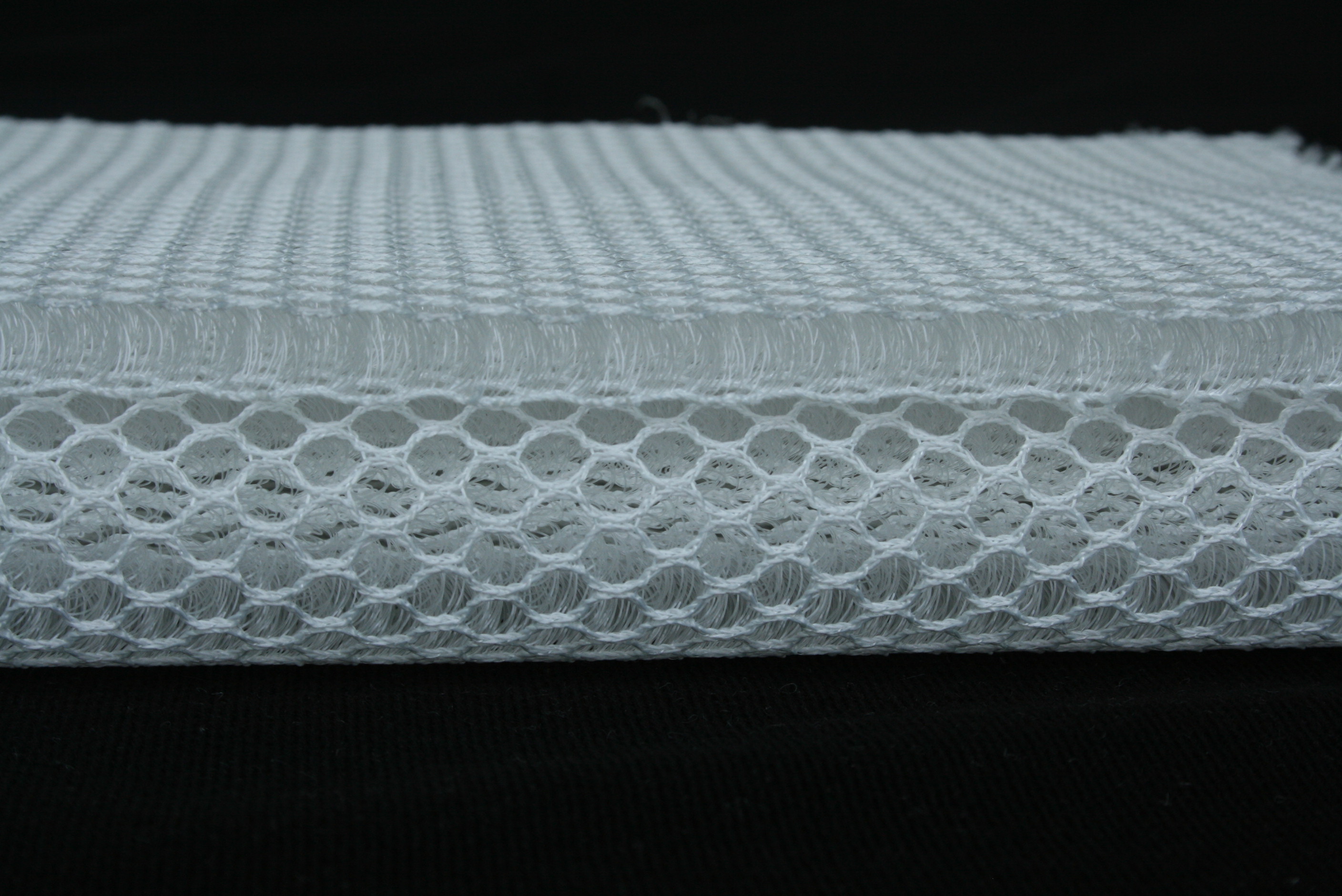
Use a Mattress Protector
Using a mattress protector is the best way to prevent mould from growing underneath or on your mattress. It acts as a physical barrier, preventing spills and sweat from seeping through and creating a damp environment for mould to grow. Look for mattress protectors made with breathable fabrics that are waterproof and durable.
Increase Air Circulation
Mould can’t grow if it doesn’t have enough moisture. Make sure your mattress has good air circulation to help it dry out quickly after a spill. Open windows or turn on a fan to increase air flow in the room and keep your mattress dry.
Remove Excess Moisture
Excess moisture is the main cause of mould growth. If you’ve had a spill on your mattress, immediately blot up the liquid with a dry towel. If the mattress is too damp, use a dehumidifier to help it dry out.
Vacuum Frequently
Regularly vacuum your mattress using the upholstery attachment. This will help remove debris, dust, and allergens that can feed mould growth.
Clean Spills Immediately
If you have a spill on your mattress, clean it up right away. Use a mild detergent and a damp cloth to spot clean the affected area. Be sure to let the mattress dry completely before putting the sheets back on.
How to Clean Mold From Your Mattress
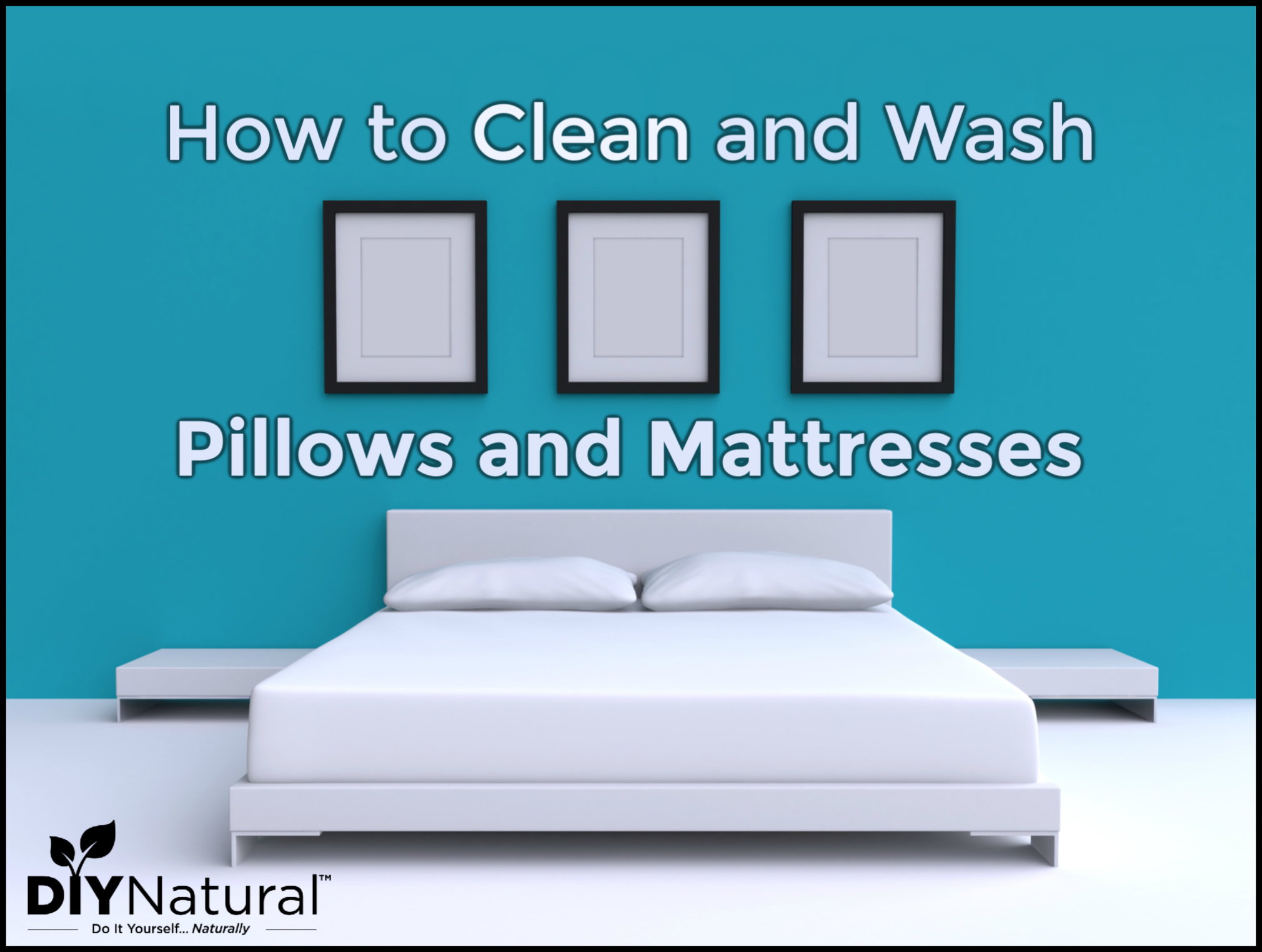
Use a Vacuum Cleaner
A vacuum cleaner is the best way to remove mold from your mattress. It not only removes the mold but also the dust particles that may contain mold spores. Vacuum the surface of your mattress and pay special attention to areas that are more prone to mold growth such as the sides, seams, and corners. Make sure to vacuum for a few minutes to ensure that all the mold is gone.
Use a Detergent Solution
If the vacuum cleaner doesn’t remove all the mold, you can use a detergent solution. Mix 1/4 cup of detergent with 1 gallon of warm water and stir until the detergent is completely dissolved. Using a sponge, gently scrub the affected areas with the solution. Rinse the surface of your mattress with warm water and let it dry completely.
Use a Vinegar Solution
Vinegar is an effective way to kill mold and its spores. Mix 1/2 cup of vinegar with 1 gallon of warm water in a spray bottle and shake it to mix the solution. Spray the mixture onto the affected area of your mattress and let it sit for 10 minutes. After 10 minutes, use a damp cloth to wipe the solution away and let the mattress dry completely.
Use a Baking Soda Solution
Baking soda is a natural disinfectant that can help in removing mold from your mattress. Mix 1/4 cup of baking soda with 1 gallon of warm water and stir until the baking soda is completely dissolved. Using a sponge, gently scrub the affected areas with the solution. Rinse the surface of your mattress with warm water and let it dry completely.
When to Replace Your Mattress
If mold is present on your mattress, it’s important to replace it as soon as possible. Mold can cause a variety of health issues, and the longer you wait to replace it, the more damage it can cause. In addition, if you’re noticing any lumpiness or sagging in the mattress, it may be time to replace it. While the sagging may have nothing to do with mold, it can still reduce the level of comfort and support the mattress provides. Furthermore, mattresses should be replaced about every 8 years, so if it’s been longer than that, it’s probably time to invest in a new one.
Frequently Asked Questions
What should I do if I find mold on my mattress?
If you find mold on your mattress, it is important to take action quickly. First, identify the source of the moisture that has caused the mold growth and remove it. You may need to move your mattress to a dry area. Secondly, clean the affected areas of your mattress with a mixture of detergent, baking soda and water, or an anti-mold spray. Allow the mattress to dry completely before using it again. Finally, if the mold growth is more significant, it is recommended to replace the mattress.
What are the risks associated with sleeping on a mattress with mold?
Mold on a mattress is a serious health risk, as it can cause a range of symptoms such as skin rashes, respiratory problems, and allergic reactions. Here are the most common risks associated with sleeping on a mattress with mold:
- Allergic reactions: Mold can trigger various allergic reactions, such as sneezing, watery eyes, and an itchy throat. In some cases, more serious reactions such as asthma attacks can also occur.
- Respiratory issues: Mold spores can worsen pre-existing respiratory conditions, such as asthma. People with allergies may also experience more frequent coughing, wheezing, and difficulty breathing.
- Skin rashes: Mold can irritate the skin and cause red, itchy rashes. In extreme cases, people may experience hives or other skin breakouts.
- Headaches: Some people may experience headaches when exposed to mold spores. This is because the body is trying to fight off the allergens, which can cause inflammation and discomfort.
- Fatigue: People may feel tired or lethargic after sleeping on a mattress with mold. This is because their bodies are working hard to fight off the allergens, which can cause tiredness.
It is important to note that not everybody will experience the same symptoms when exposed to mold. However, if you suspect that your mattress has mold, it is important to take steps to identify and remove it as soon as possible.
What Are The Signs Of A Moldy Mattress?
- Musty odor: A moldy mattress can have a very strong musty or unpleasant odor.
- Discolored spots: Look out for discolored spots on the mattress surface that can be black, gray, green, or white.
- Stains: Moisture stains on the mattress can be a sign of mold growth.
- Uneven surface: If the mattress surface is lumpy or bubbled, it is a sign that mold is growing underneath the surface.
How Can I Prevent My Mattress From Getting Moldy?
To prevent mold from growing on your mattress, make sure to use a mattress protector and to keep your bedroom well-ventilated. Keep the area around your bed free of moisture and regularly vacuum the mattress to remove any dust, dirt, and other debris. Additionally, if you’re prone to sweating, consider using a mattress pad to keep your mattress dry. Lastly, avoid placing your mattress in overly damp or humid areas.
Are There Any Natural Remedies for Removing Mold From a Mattress?
Mold can be difficult to remove from a mattress without professional help. However, some natural remedies, such as white vinegar, baking soda, and tea tree oil, can be used to clean mold from a mattress. White vinegar can be mixed with water and sprayed on the affected area to kill mold, while baking soda can be used to absorb moisture and prevent mold from spreading. Tea tree oil can also be used as a natural fungicide to kill the mold.
Conclusion
Mold on mattresses can cause health complications and should be taken seriously. If you suspect that your mattress has mold, inspect it visually, smell it, and look for the telltale signs of moisture, like stains or discoloration. If you find any of these signs, contact a professional for cleaning and elimination of the mold.
